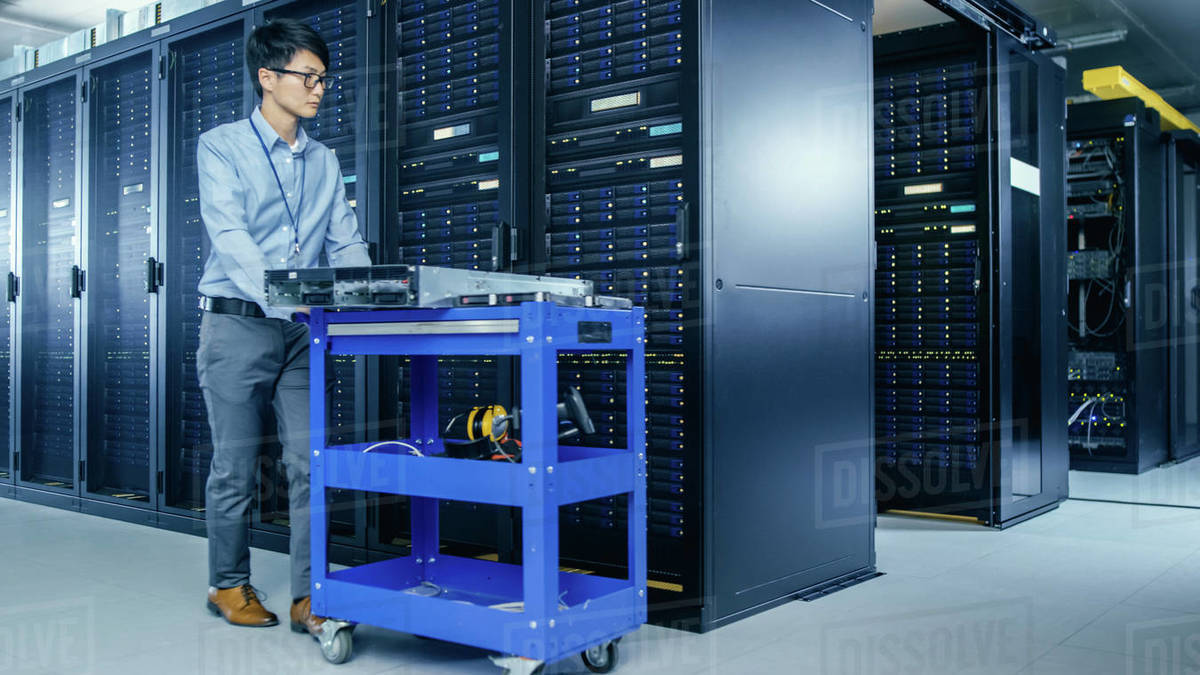Short
While traditional data centers have powered the digital revolution for decades, they were never designed for the intensity and complexity of today’s AI applications. AI workloads, particularly those involving machine learning and deep learning, require:
- High-performance computing (HPC)
- Massive parallel processing
- Ultra-fast data access
- Extremely low latency
- Energy-efficient infrastructure
The need for AI-native data centers has never been more urgent.
Key Features of Next-Gen AI Data Centers
1. AI-Optimized Infrastructure
Next-gen facilities deploy specialized hardware including GPUs, TPUs, and AI accelerators to manage the compute-heavy nature of training and inference models. These chips are often supported by high-speed interconnects, NVMe storage arrays, and parallel file systems for rapid data access and processing.
2. Liquid and Immersion Cooling Systems
AI hardware runs hotter and denser than traditional CPUs. To maintain performance and prolong hardware lifespan, advanced cooling technologies like direct-to-chip liquid cooling and full immersion cooling are replacing conventional air-based methods. These systems are not only more efficient but also more sustainable.
3. Data-Centric Architecture
In AI, data is as critical as compute. Next-gen data centers prioritize ultra-low latency data pipelines, high-bandwidth memory architectures, and distributed storage models to ensure continuous data flow—vital for training large language models, recommendation engines, or computer vision systems.
4. Edge Integration for Real-Time AI
AI use cases like autonomous vehicles, smart factories, and intelligent surveillance demand real-time data processing. AI data centers are increasingly adopting edge computing models, bringing compute closer to the data source while maintaining seamless integration with the core.
5. AI for AI: Self-Optimizing Systems
In a remarkable twist, AI is being used to optimize AI infrastructure. Through predictive analytics, autonomous monitoring, and digital twin simulations, data centers can self-tune cooling, power usage, workload distribution, and fault detection—boosting efficiency and reducing downtime.
Scalability and Flexibility at the Core
AI is an evolving field, with new model architectures and training methods emerging frequently. To stay future-proof, next-gen AI data centers emphasize:
- Modular designs for rapid deployment and scaling
- Cloud-native architecture for flexibility across hybrid and multi-cloud environments
- Composable infrastructure that can dynamically allocate compute, storage, and networking resources based on real-time needs
Sustainability: A Non-Negotiable Imperative
The energy demands of AI are immense, but so are the environmental expectations. Leading AI data centers are:
- Sourcing renewable energy (solar, wind, hydro)
- Integrating energy storage solutions like lithium-ion or solid-state batteries
- Using AI to optimize power usage effectiveness (PUE)
- Pursuing carbon-neutral or net-zero data center goals
Security and Sovereignty in the AI Era
AI workloads often involve sensitive personal, enterprise, or government data. Next-gen AI data centers are designed with:
- End-to-end encryption
- Secure enclaves and zero trust architecture
- Geofencing and data sovereignty compliance
- AI-powered threat detection and response systems
The Road Ahead
Next-gen AI data centers are not just infrastructure—they’re enablers of the next frontier of innovation. From generative AI to quantum computing, from autonomous vehicles to biotech breakthroughs, the performance, resilience, and intelligence of these facilities will shape the pace and scope of what’s possible.
Enterprises, governments, and hyperscalers must now rethink their infrastructure strategies to support an AI-first future—where agility, scalability, intelligence, and sustainability are the new normal.
Conclusion
The dawn of next-gen AI data centers marks a pivotal moment in the digital transformation journey. Those who invest early and wisely in these advanced infrastructures will not only keep pace with innovation—they will lead it.
.png)



.png)

